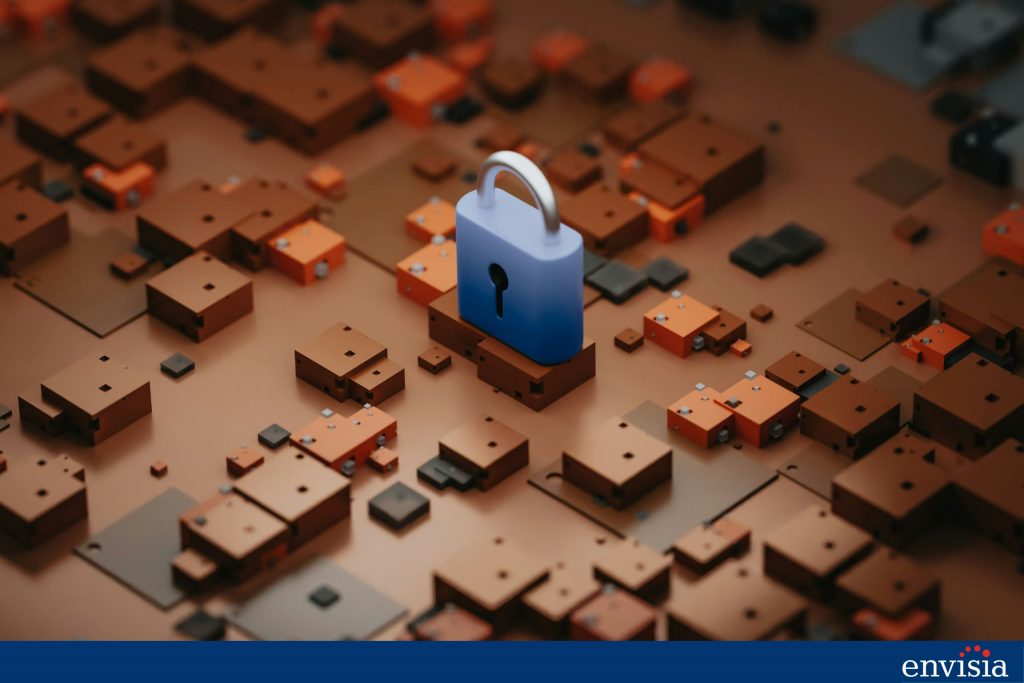Imagine giving feedback at work, only to later wonder if your comments could be traced back to you. That hesitation is exactly why confidentiality in 360-degree feedback is crucial in fostering a culture of trust and open communication. Without the right safeguards, feedback providers may withhold valuable insights, resulting in skewed evaluations and missed opportunities for growth.
Confidentiality maintained throughout the 360 degree feedback process encourages honest and constructive responses that drive personal and professional growth. By implementing robust data protection strategies, using a secure online platform, and setting clear confidentiality guidelines, you can ensure trust and honesty in every stage of 360-degree evaluations.
This guide explores best practices for ensuring anonymity in 360-degree feedback, protecting valuable insights, and maintaining confidentiality in the feedback system. You will also learn how to ensure confidentiality while balancing transparency and usability in the feedback process.

Key Takeaways
- A secure and structured assessment process ensures employees feel safe sharing their thoughts without fear of retaliation.
- Best practices for ensuring confidentiality—such as encryption, controlled access, and aggregated reporting—help protect feedback data.
- Confidential feedback enables organizations to receive feedback from multiple sources while maintaining trust among feedback providers and receivers.
The Importance of Confidentiality in 360-Degree Feedback
Why Confidentiality Matters in the Feedback Process
A 360-degree feedback system collects insights from managers, direct reports, peers, and other stakeholders to offer a comprehensive view of an employee’s strengths and areas for improvement. However, if confidentiality is compromised, employees may hesitate to provide honest feedback, fearing consequences.
Ensuring anonymity in 360-degree feedback fosters a culture of trust, allowing employees to provide feedback without fear of retaliation. When participants are assured that their feedback will remain confidential, they feel safe sharing their thoughts, leading to more candid feedback and actionable insights. Protecting the confidentiality of the feedback process is an essential aspect of 360-degree feedback.
Consequences of a Breach of Confidentiality
A breach of confidentiality can have serious consequences:
- Reduced Participation: Employees may avoid giving honest feedback if they believe their responses cannot be traced back securely.
- Weakened Organizational Development: Without genuine feedback, leadership cannot identify key areas for improvement.
- Fear of Retaliation: If feedback providers suspect their comments could be used against them, they may hesitate to participate in future 360-degree feedback assessments.
Organizations must ensure confidentiality to maintain trust, encourage honest feedback, and support employee performance. Addressing data privacy concerns and implementing best practices for guaranteeing privacy will help sustain engagement in the feedback process.

Best Practices for Ensuring Confidentiality in 360-Degree Feedback
Use Technology to Guarantee Anonymity
A secure online platform helps maintain confidentiality in 360-degree feedback collection. Encryption and data privacy measures ensure that feedback data remains protected from unauthorized access.
Advanced survey tools offer anonymous feedback features, aggregating responses to prevent individual identification. Implementing access controls ensures that only HR specialists, professional coaches, or authorized personnel—like trained coaches or consultants—can view sensitive assessment data.
Develop a Transparent Feedback Policy
A clear feedback policy sets expectations for both feedback providers and receivers. Employees should understand:
- How feedback will be used within the organization.
- Who will have access to the assessment data.
- Why confidentiality is crucial for open participation.
Including statements like “Your feedback will remain confidential” and “Responses cannot be traced back to individuals” reassures participants and fosters a culture of continuous improvement. Organizations must also consider the use of feedback in leadership development, performance appraisal, and employee coaching.
Restrict Access to Feedback Data
HR teams should limit access to raw feedback data, ensuring only trained specialists handle and interpret results.
Regular audits further help organizations prevent breaches and uphold data protection. Conducting regular security audits helps prevent data breaches and ensures that the 360 degree feedback process remains confidential and effective.
Aggregate and Constructive Feedback Reporting
Presenting results in an aggregate format protects feedback providers while emphasizing growth-oriented insights. Instead of highlighting individual comments, feedback loops should focus on recurring themes and areas for improvement. This approach:
- Reduces identification risks.
- Encourages honest and constructive feedback.
- Helps organizations enhance employee development without singling anyone out.
How to Implement a Confidential and Effective Feedback Process
Conduct Pre-Survey Training for Raters
Before collecting feedback, hold training sessions to emphasize the importance of data privacy in 360-degree feedback. Reinforce that feedback will be used for personal and professional growth—not performance appraisal.
Clarifying these points ensures employees feel safe providing candid feedback and recognize the value of constructive feedback.
Tailor Surveys to Reduce Identification Risks
Surveys should limit personal identifiers to maintain anonymity in 360-degree feedback. Too many demographic questions can make it easier to deduce who provided feedback, particularly in smaller teams. Simplified, anonymous survey structures encourage honest feedback without fear of exposure. Ensuring anonymity in 360-degree feedback helps maintain the integrity of the assessment process.
Secure Feedback Delivery and Follow-Up
When delivering confidential feedback, focus on themes rather than isolating individual remarks. Guided discussions that highlight strengths and areas for development help organizations foster a culture of trust while maintaining confidentiality.
Regular follow-ups reinforce the importance of confidentiality and demonstrate that feedback will be used constructively, increasing engagement in the process.

Final Thoughts: Balancing Confidentiality and Feedback Quality
The confidentiality of the feedback process is critical to fostering a culture of continuous improvement. By implementing strong data protection measures, leveraging technology, and using aggregate reporting, organizations can ensure confidentiality while receiving honest feedback from multiple sources.
Want to create a culture where leaders gain valuable, candid insights? Our 360-degree feedback tools offer a secure, data-driven approach to professional development—designed specifically for leadership growth, not performance evaluations. With privacy at the core, these tools deliver actionable insights to foster trust, encourage open feedback, and support long-term success.
